The city of Amritsar is located in the northwest of India, in the Punjab, close to the border with Pakistan. It was founded in 1577 by Guru Ram Das, the fourth Sikh guru and is the spiritual home of the Sikh religion. It is the home of the Golden Temple, or Harmandir Sahib. The Golden Temple Amritsar is open 24 hours a day. Everyone is welcome.
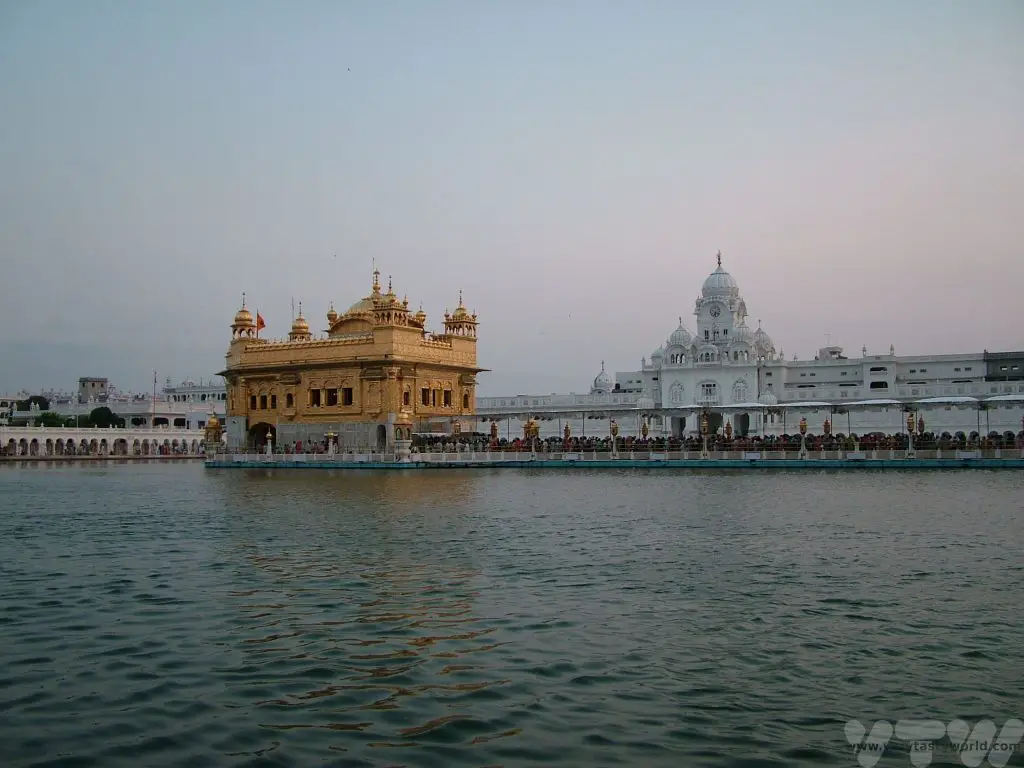
Visiting the Golden Temple Amritsar
It is advisable to dress modestly (shoulders and legs should be covered) and you will need to wear a head covering before entering the complex. We always tend pack scarves whenever we travel as they easily scrunch into the luggage and are very useful not only for visiting religious sites but also for sun protection, wrapping things up or any number of purposes. However, coverings are available outside the temple at very low cost if you forget to bring your own. You will need to remove your shoes and walk through a pool before entering the temple in order to wash your feet. Bags and shoes can be kept in the cloak room before entry to the temple. Photography is allowed in the outer parikrama (the walkway surrounding the sarovar – the holy pool) but not inside the temple itself.
The temple complex itself is the very definition of serene, a complete contrast to the bustling streets outside. It is possible to walk right the way around the sarovar, in a clockwise direction. It is believed that the holy water can have healing powers and there are defined areas for bathing, segregated for men and women.
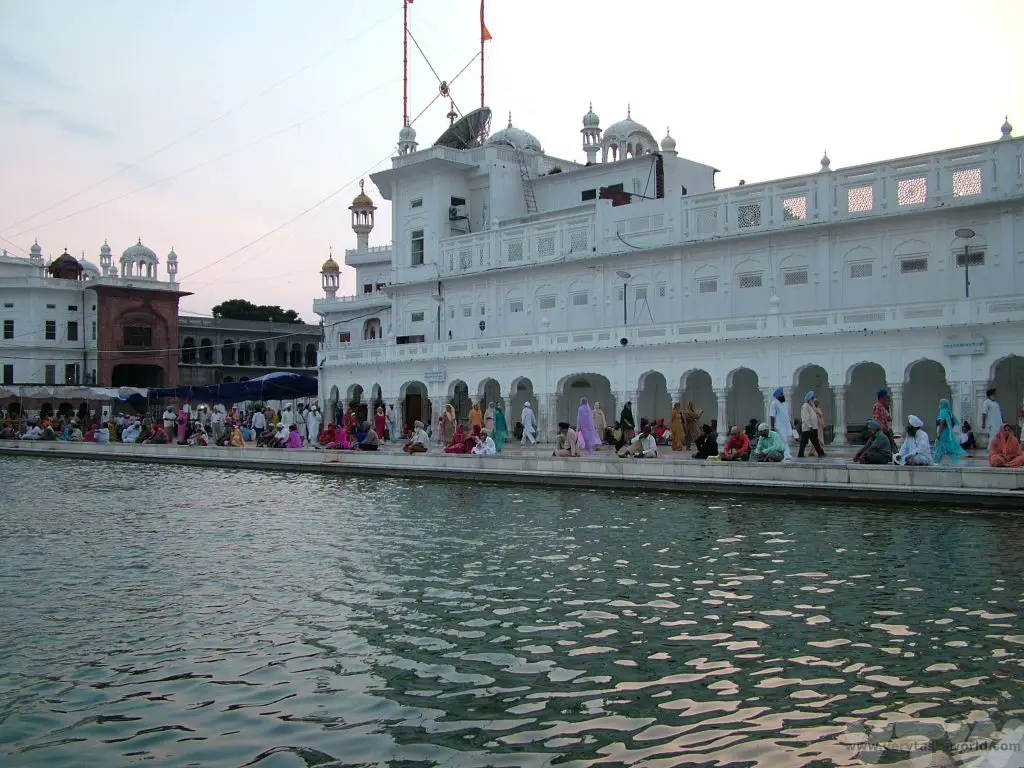
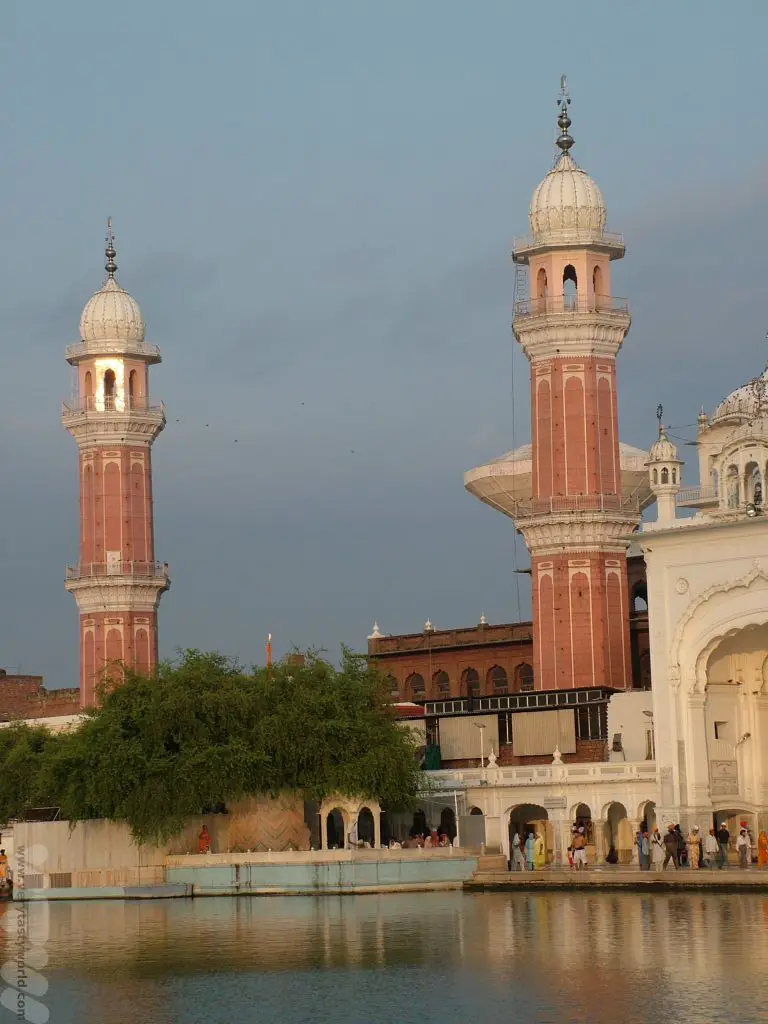
The Golden Temple Amritsar also has two towers, the Ramgarhia Bunga, built in the 18th century designed to be watchtowers to look out for possible military raids on the temple.
The Akal Takht building is located in front of the sanctum. A takht is a seat of power in Sikhism and this is the primary takht and the centre of authority for Khalsa, the collective body of Sikhs across the world. Twice a day the Palki Sahib ceremony takes place. This is a ritual where the Guru Granth Sahib (central religious book) is taken from the Sri Akal Takht to the Golden Temple and returned at the end of the day.
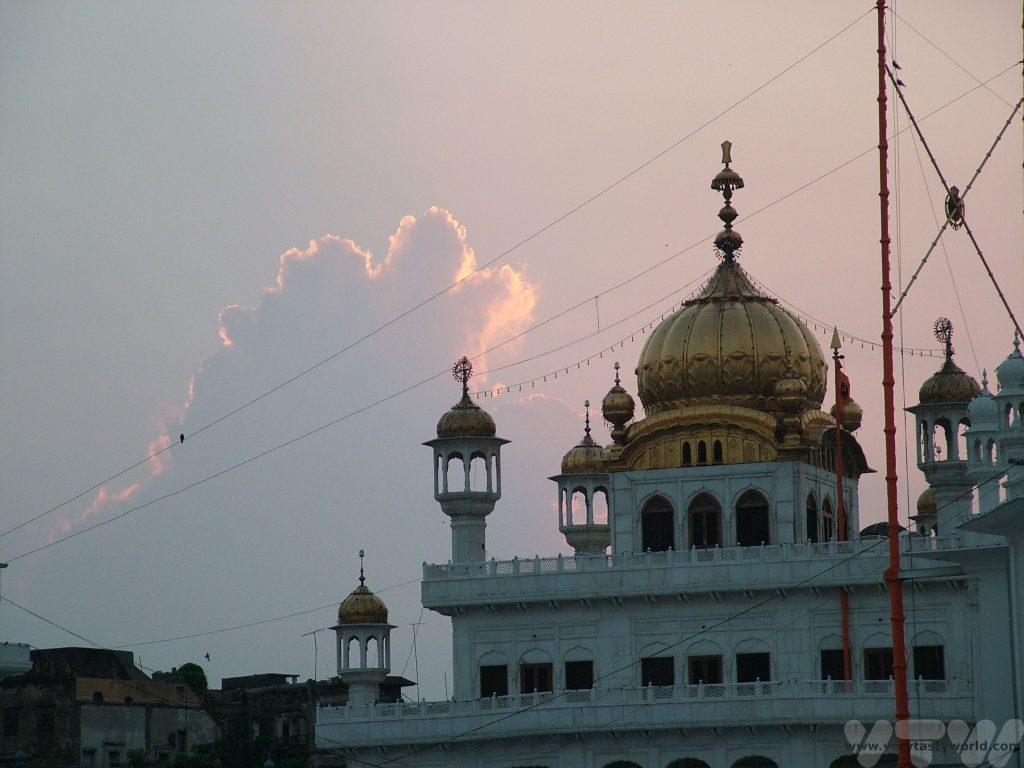
And of course, there’s the remarkable and beautiful inner sanctum itself. This is a two storey building located on a causeway. The ground floor is constructed from marble with floral and animal motifs carved inside and the magnificent golden upper floor, with a dome said to represent an inverted lotus flower, that is apparently gilded with around 100kg of gold.
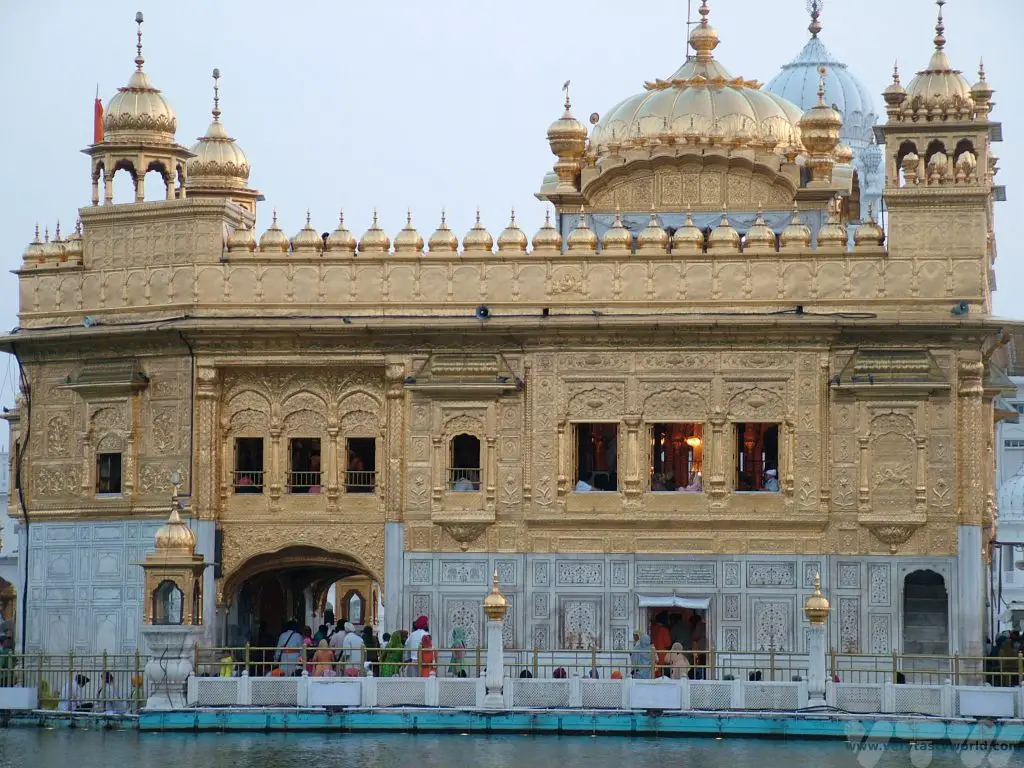
Inside, recitations from the Adi Granth (the first rendition of the Guru Granth Sahib) sacred scripture of Sikhism and a collection of nearly 6,000 hymns of the Sikh Gurus, are read throughout the day. An entire recitation takes around 48 hours. Pilgrims visit to hear the recitations and to receive blessings. There is usually a long queue to enter the inner sanctum.
One of the amazing things about the Golden Temple Amritsar complex is the langar, its kitchen, one of the largest, if not the largest, community kitchens in the world. Each day the langar at the Golden Temple provides meals, free of charge, to some 100,000 people. Everyone is welcome, pilgrims and tourists, alike. The food served is simple and healthy – rice, roti (a bread), dal (lentils) and vegetables, along with a sweet dessert. Most of the staff are volunteers.
This video from the temple’s official website shows what an amazing operation the langar is.
We would have been very welcome to have enjoyed a meal at the Golden Temple’s langar but we felt that it was more appropriate that others should have priority. Sikh communities all over the world are well known for providing food on a voluntary basis to people in need, including in our home city.
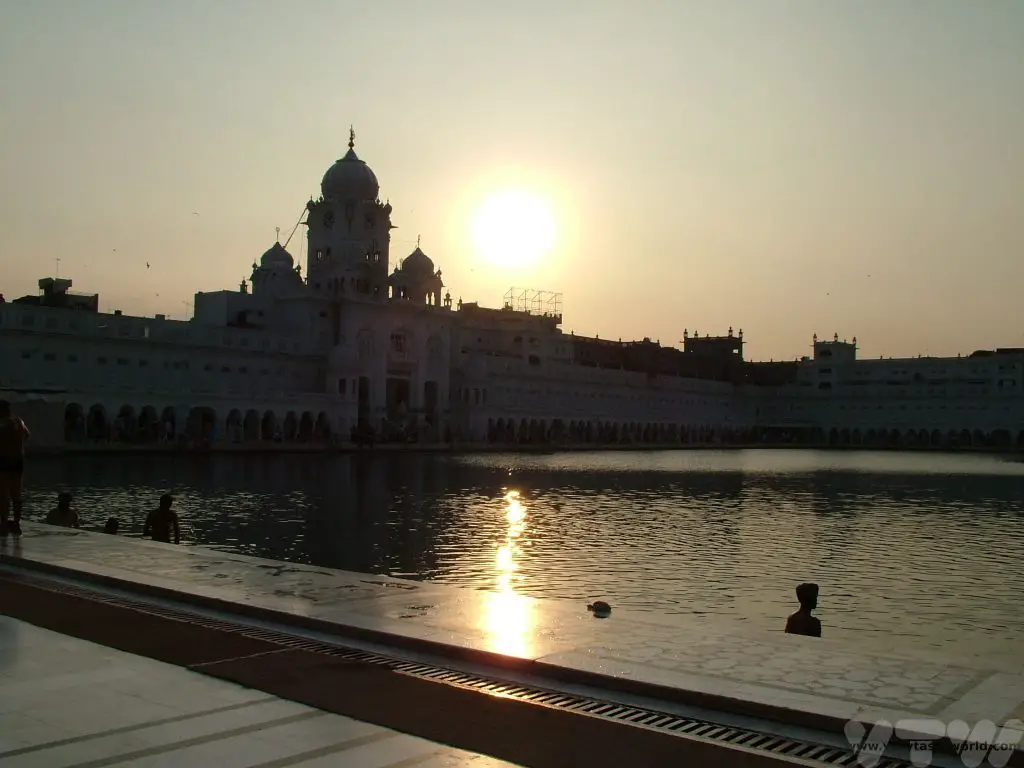
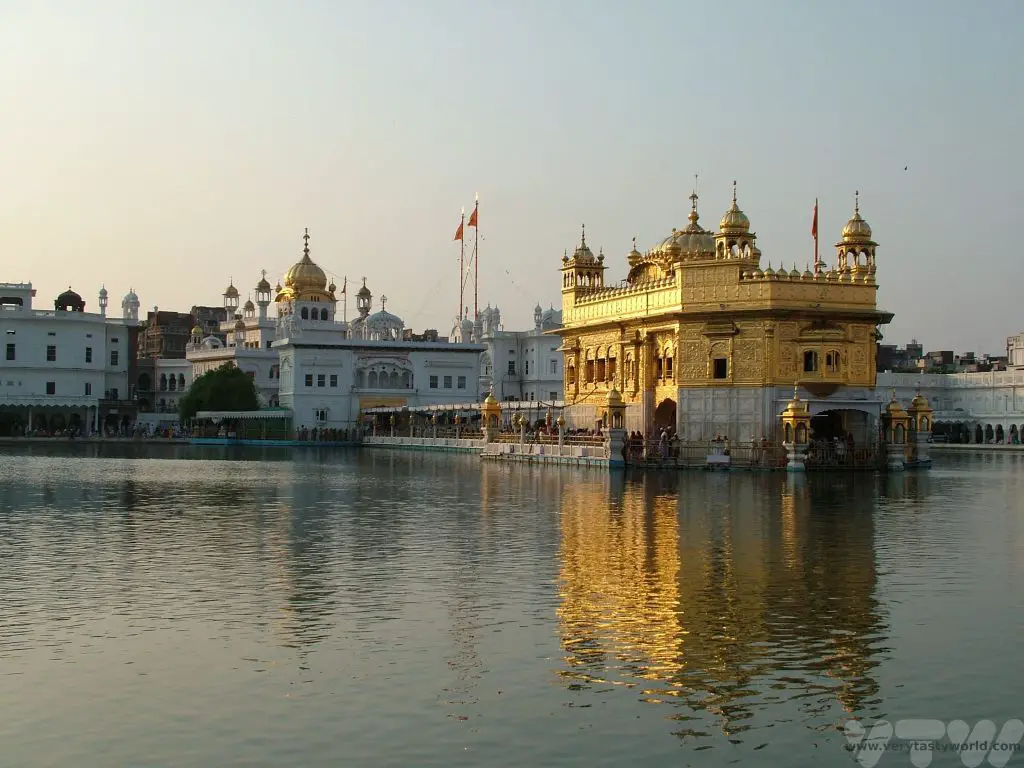
Other Things to Do In Amritsar
Amritsar is a bustling city with plenty to see, including a number of temples, markets and interesting museums as well as the Jallianwala Bagh memorial park, a sobering place commemorating the horrific massacre of Indian citizens by British troops in 1919. A taxi or rickshaw ride will take you to the Wagah Border Crossing with Pakistan where hundreds of people from both countries witness the lowering of the flags at dusk… and have done since 1959. With hundreds of people waving flags, playing music and dancing, it is quite an event.
Related Posts You May Enjoy



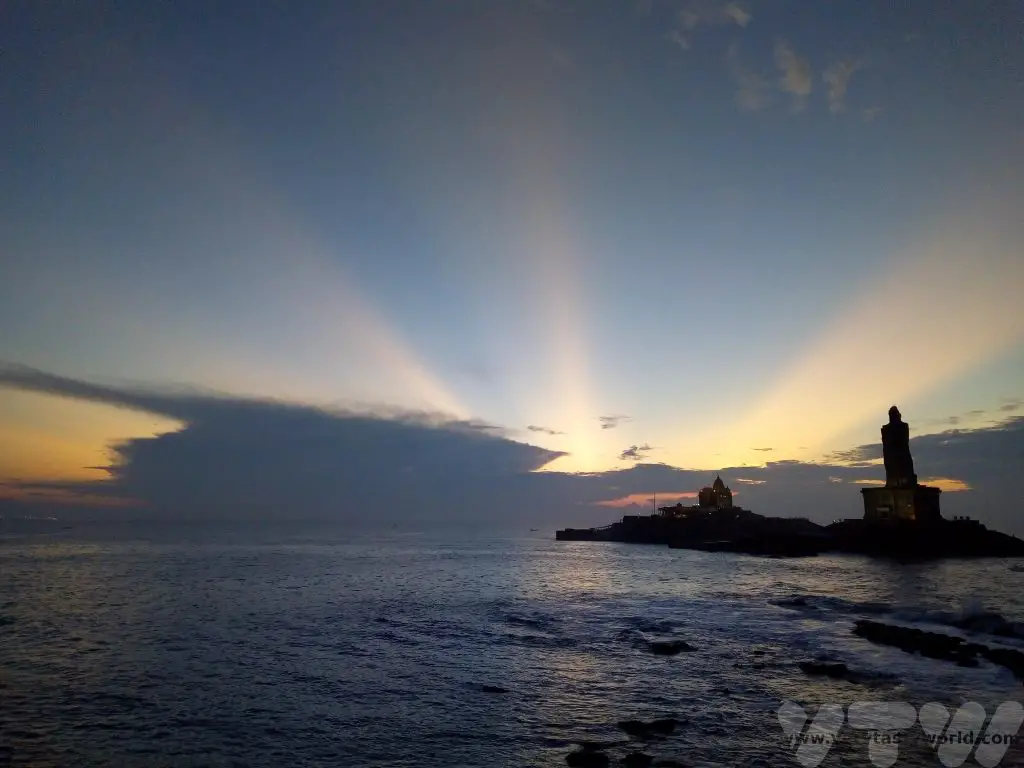
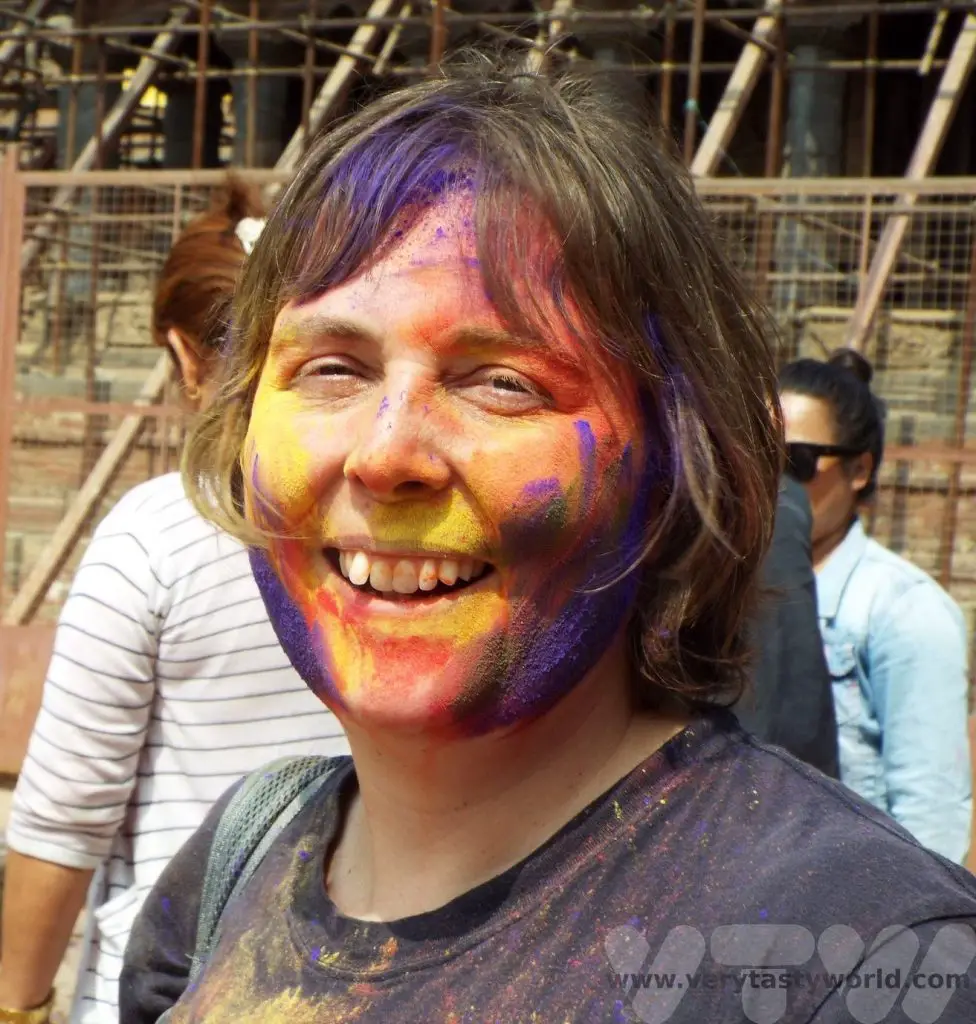
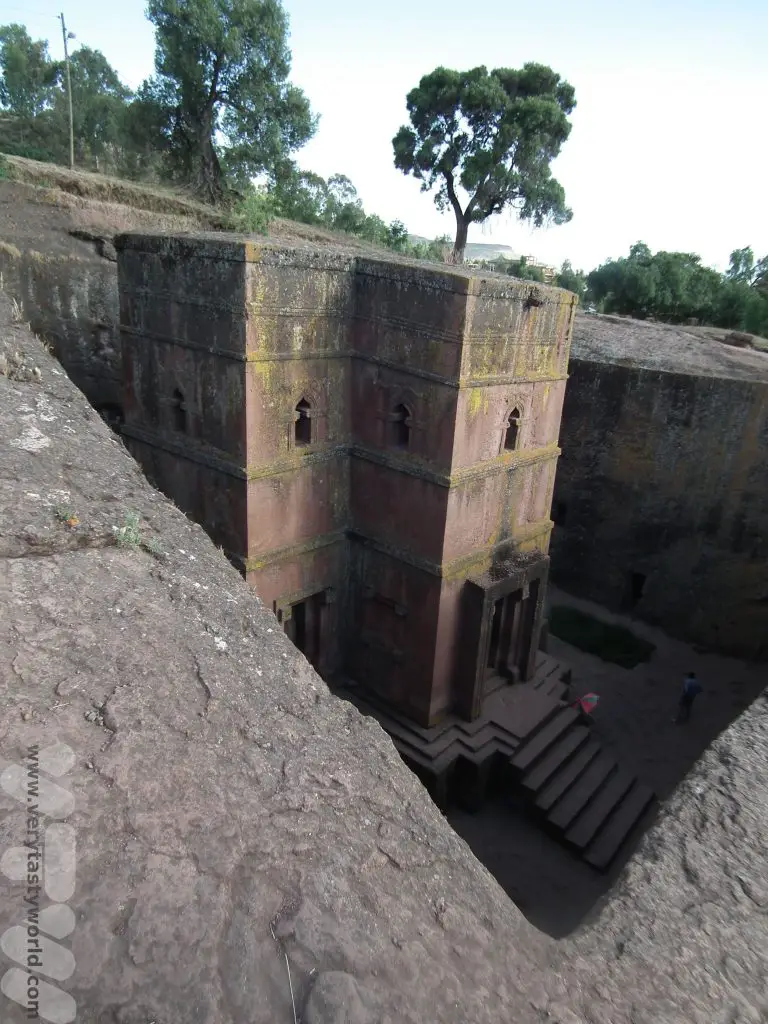
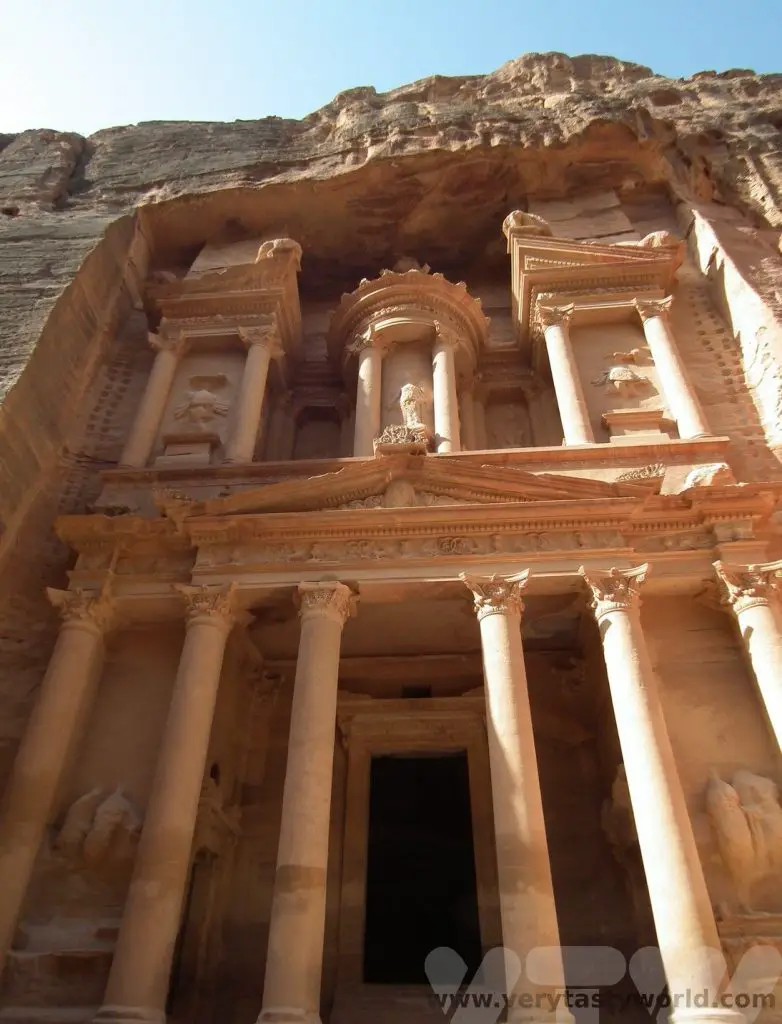


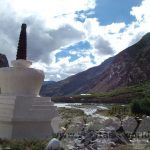





[…] The Golden Temple Amritsar, India […]